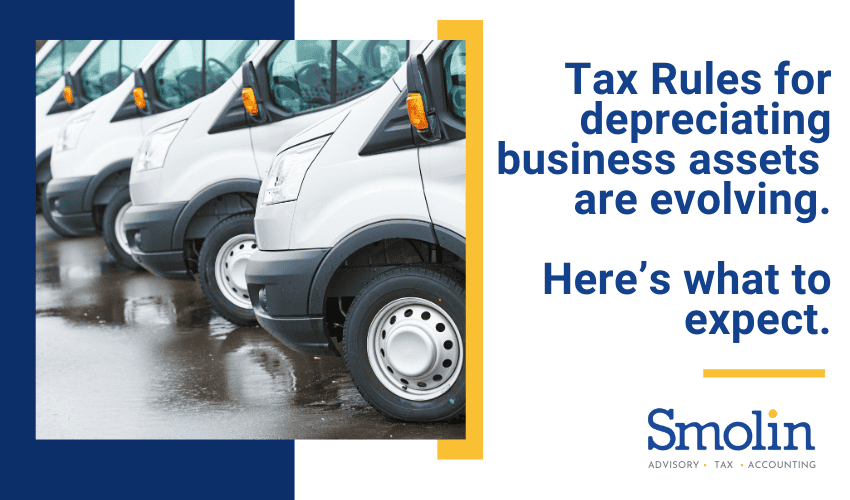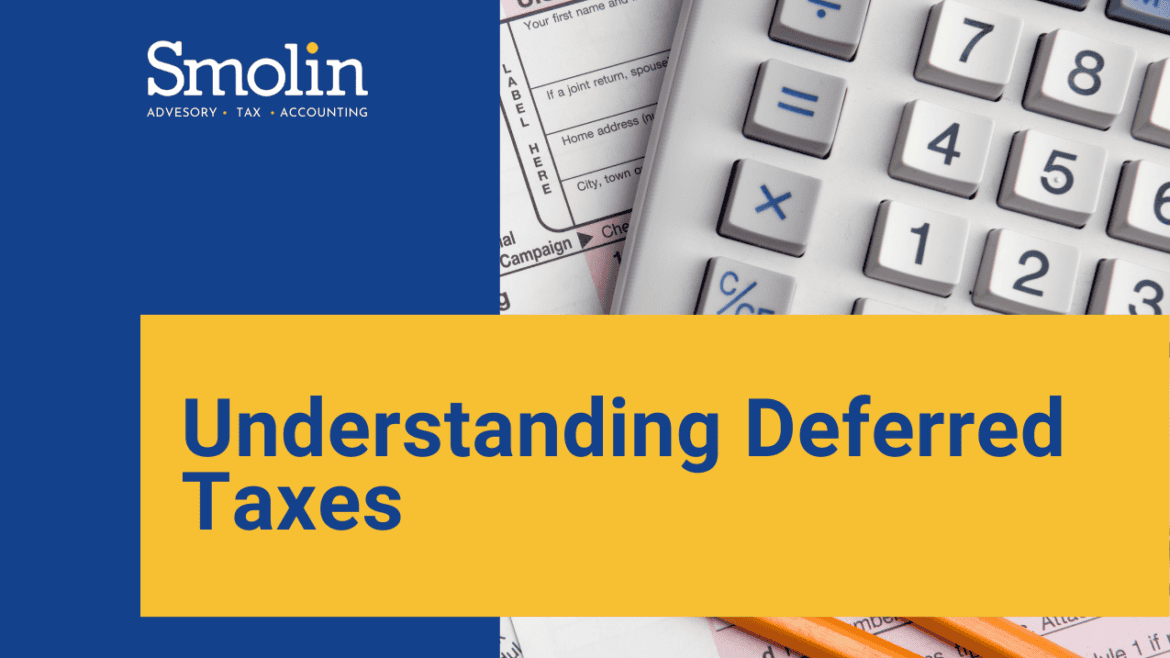If you use an automobile in your trade or business, you may question how depreciation tax deductions are determined. The rules are complex. In particular, special limitations apply to business vehicles classified as passenger autos (which include many pickups and SUVs). Often, these limitations result in longer-than-expected wait times to depreciate a vehicle completely.
As you review the details below, remember that the rules are different if you lease an expensive passenger auto you use for business. (Reach out for more details.)
The cents-per-mile rate includes the cost of depreciation
For passenger autos, separate depreciation calculations only apply if you use the actual expense method to determine your deductions. If you use the standard mileage rate instead, depreciation is already included in that rate. For 2023, the standard mileage rate is 65.5 centers per business mile driven.
Using the actual expense method to calculate depreciation for passenger automobiles
You must make a separate depreciation calculation for each year until the vehicle is fully depreciated if you choose to use the actual expense method to calculate your allowable deductions for a passenger automobile.
Generally, you can calculate depreciation over a six-year span as follows:
Year 1: 20% of the cost
Year 2: 32% of the cost
Year 3: 19.2% of the cost
Year 4: 11.52% of the cost
Year 5: 11.52% of the cost
Year 6: 5.76% of the cost
Note: If 50% or less of the use of the vehicle is for business purposes, you MUST use the straight-line method to calculate depreciation deductions, NOT the percentages listed above.
Depreciation ceilings
You’re limited to specified annual depreciation ceilings for passenger autos that cost more than the applicable amount for the year the vehicle is placed in service. These ceilings may change annually and are indexed for inflation.
For example, for a passenger auto placed in service in 2023 that cost more than a certain amount, the Year 1 depreciation ceiling is $20,200 if you choose to deduct first-year bonus depreciation. The annual ceilings for later years are as follows: Year 2, $19,500; Year 3, $11,700; and for all later years, $6,960 until the vehicle is fully depreciated.
To account for non-business use, these ceilings are proportionately reduced depending on the amount the vehicle is used for business vs. personal use.
Reminder: Bonus depreciation will be phased out
Under the Tax Cuts and Jobs Act, bonus depreciation will be phased down to zero in 2027 unless Congress acts to extend it.
In 2023, the deduction is 80% of eligible property. In 2024, it’s scheduled to decrease to 60%.
Pickups, Heavy SUVs, and vans
If you have heavy SUVs, vans, or pickups that you use for business purposes over 50% of the time, you may be able to take advantage of more favorable depreciation rules. That’s because vehicles with a gross vehicle weight rating (GVWR) of over 6,000 pounds are treated as transportation equipment for depreciation purposes.
To determine whether your vehicle falls into this category, check the inside edge of the driver’s side door for the vehicle’s GVWR.
Depreciation limits change the after-tax cost of passenger autos used for business
These depreciation limits impact the after-cost tax of your business vehicles. The true cost of business assets is decreased in proportion to the tax savings from related depreciation deductions.
To the extent depreciation deductions are reduced and thereby deferred to future years, so is the value of the related tax savings, thanks to time-value-of-money considerations. Therefore, the true cost of the asset may be that much higher.
Questions? Smolin can help.
As you can see, tax depreciation rules for business automobiles are complex and constantly evolving. If you’re considering purchasing a new business vehicle soon, please contact us for the most personalized, up-to-date guidance.



